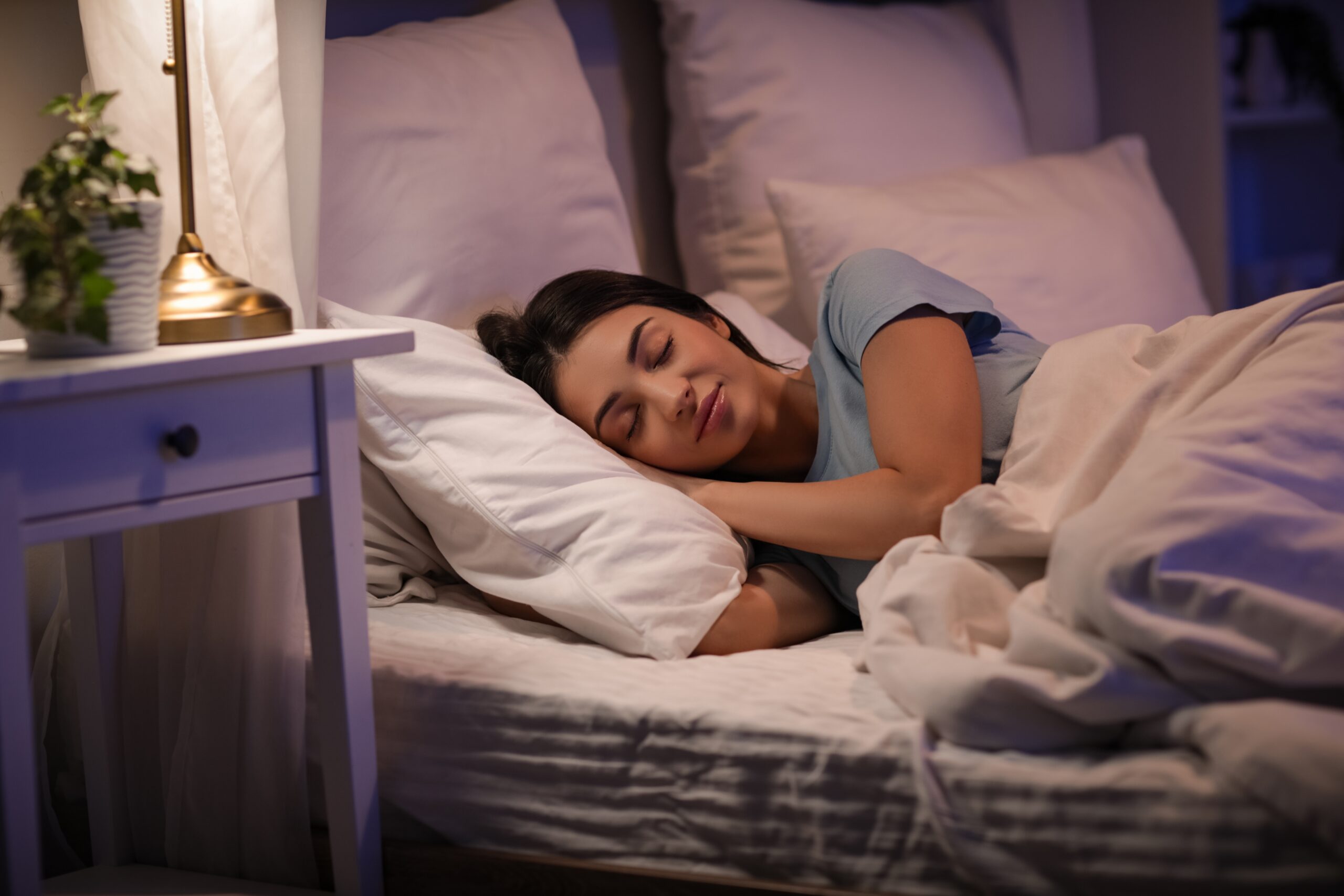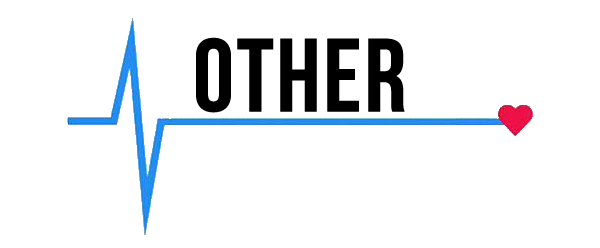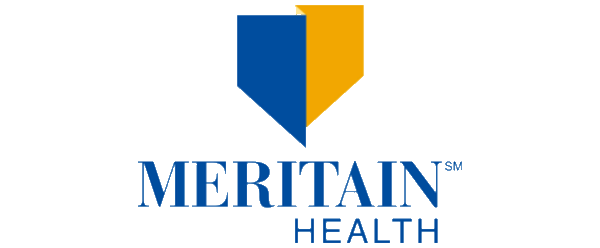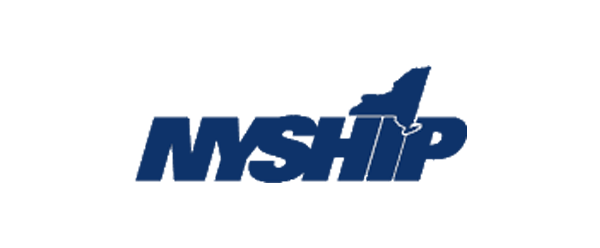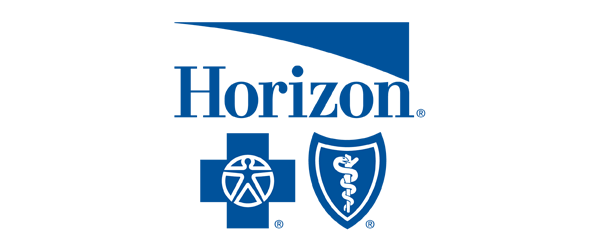A sleep apnea mouth guard gives patients suffering from apnea a way out that doesn’t involve surgery. These custom mouthpieces adjust your jaw and tongue, letting air move more easily while you sleep.
Stopping those overnight breathing pauses can make a huge difference. Two common types stand out: Mandibular Advancement Devices and Tongue Stabilizing Devices.
Mandibular Advancement Devices get a lot of praise. They push your lower jaw just a little forward. That small change drags your tongue and soft throat tissues with it. Creating extra space like this can help keep your throat from closing off during the night.
Many folks notice better sleep after switching to one. Waking up rested feels possible again. The trick really comes down to opening up the airway so you can breathe without interruptions. For someone dealing with sleep apnea, these mouthpieces can change everything.
“Snoring and Obstructive Sleep Apnea (OSA) may result from collapse of the upper airway during sleep because of loss of muscle tone and anatomical factors,” according to European Respiratory Journal. “Bringing the mandible forward advances the tongue and thus enlarges the retroglossal airway, reducing the tendency to collapse.”
The following breakout helps visualize differences in features between Mandibular Advancement Devices, Tongue Stabilizing Devices, and Tongue Retaining Devices:
| Feature | Mandibular Advancement Devices (MADs) | Tongue Stabilizing/Retaining Devices (TSDs/TRDs) |
| Primary Mechanism | Advances mandible and attached tongue anteriorly | Directly holds tongue anteriorly via suction |
| Retention Method | Tooth-borne; requires adequate dentition | Suction on tongue; often lip flanges; typically not reliant on teeth |
| Titratability | Most custom devices are titratable (adjustable protrusion) | Often fixed; some custom versions may exist |
| Common Materials | Acrylics (PMMA), nylon, thermoplastics, laminates | Soft, flexible polymers (silicone-like materials) |
| Key Indications | Mild to severe OSA, snoring; CPAP intolerance/refusal | Mild to moderate OSA, especially with limited dentition; MAD intolerance |
| Reported Efficacy (AHI) | Significant AHI reduction (48-67% depending on severity) | Can be effective; some studies show AHI reduction comparable to MADs |
| Patient Comfort/Preference | Generally preferred over TSDs; initial adjustment period | Can cause tongue discomfort/soreness; less preferred by some |
| Common Side Effects | Tooth/jaw discomfort, occlusal changes, dry mouth | Tongue tip soreness/irritation, excessive salivation, lip irritation |
| Typical Cost Profile | Custom devices are more expensive than prefabricated/OTC | Prefabricated versions can be lower cost; custom versions exist |
How the MAD Sleep Apnea Mouth Guard Functions
Today’s Mandibular Advancement Device sleep apnea mouth guard choices work by moving your lower jaw forward. This shift makes more space in your airway. MRI scans show this widening happens mostly along the sides of your throat.
The device nudges the tongue and nearby soft tissues forward. This extra room can help you breathe better when muscles slack off at night. MADs stop your jaw and throat bones from slipping back as you sleep.
This support means less chance for snoring or airway blockages. Your tongue moves forward, so you get more space behind it. The soft palate, up by the roof of your mouth, tightens up too. Less flapping means snoring stays down.
Some researchers think these devices stiffen your throat walls a bit. That can help keep airways steady all night.
A standout part of MADs sits in their tiny tweaks. Most devices can be fine-tuned by your provider. This lets you get just the right jaw position for your body. Small changes help keep things comfy, with less jaw or tooth pain.
The device can move forward by less than a millimeter at a time, up to about 5 millimeters total. If one setting feels off, you can always go back. This flexibility lets you get better sleep without hassle or discomfort.
Tongue Stabilizing Devices are an Alternative Approach
Tongue Stabilizing Device sleep apnea mouth guard technology does things a bit differently. These devices don’t mess with your jaw like Mandibular Advancement Devices do.
Instead, TSDs grip your tongue and gently hold it forward. Picture a soft, flexible little pouch where you stick your tongue. You squeeze the bulb, let go, and suction pulls your tongue tip ahead.
That grip keeps your airway open all night. The device stays put because of that suction and a couple of small flaps resting against your lips. You don’t need strong teeth for this to work.
Dentists often suggest TSDs to folks with missing teeth or bad dental health. Sometimes people can’t use MADs at all because their teeth are too weak or there just aren’t enough left.
Gum disease can also make tooth-attached devices impossible. Then there are folks who just can’t tolerate MADs. If a person gags on bulky devices or their jaw hurts from moving forward, life with a MAD can be miserable.
For these people, a TSD offers real relief. It gives another option when jaw devices don’t fit or cause more harm than good.
Sleep Apnea Mouth Guard Efficacy and Considerations
Choosing between a Mandibular Advancement Device sleep apnea mouth guard and a Tongue Stabilizing Device can feel overwhelming. Your teeth, mouth shape, comfort, and even your dentist’s experience all play a part. Most folks end up with a MAD.
Dentists know these inside out and plenty of research backs up their use across all kinds of sleep apnea. Medical groups usually suggest custom-made versions for best results.
Tongue Stabilizing Devices work too. They’ve helped reduce sleep apnea episodes, especially for certain people. Some research even puts their success rate right next to Mandibular devices.
For moderate to severe sleep apnea, either option can help. With mild cases, Mandibular devices often have the edge.
Tongue Stabilizing Devices pull the tongue forward, sometimes more directly than jaw devices. This might be especially useful for people whose main problem comes from their tongue blocking the throat.
People usually find Mandibular devices more comfortable. They get used more often because there’s less discomfort. Tongue Stabilizing Devices use suction on the tongue.
Some people find this annoying or even painful. Having the bulb of the device sticking out can bother others.
There’s a big difference in how each device fits. Mandibular devices attach to your teeth, so you need enough healthy teeth for them to stay put. Tongue Stabilizing Devices just need your tongue, not your teeth, so folks without many teeth can still use them.
Some Tongue devices come ready-made and cost less than custom jaw devices. Custom appliances fit better and most experts believe they give the best results.
MAD Design: Monobloc vs. Duobloc Architectures
Sleep apnea mouth guard devices, and particularly the MAD design, have come a long way. Designs have shifted over time. Engineers use different materials and approaches. The goal? Better results and comfort for patients.
These appliances break down into two main types. Monobloc and duobloc. Monobloc devices are made from a single unit.
They fuse the upper and lower parts together. This setup locks the jaw in one position. There’s no movement left or right, or any chance to open your mouth.
Early monoblocs couldn’t be adjusted. If the fit wasn’t right, patients needed a new one. Jaw movement feels limited, and some people find that uncomfortable.
That same study found monoblocs lowered Apnea-Hypopnea Index even more than duoblocs. The reason might be simple. The design keeps the jaw forward and doesn’t let it fall back.
Duobloc devices offer a different experience. Here, the upper and lower pieces work independently. Hooks or straps connect them. Screws or fins too. Duoblocs let you open your mouth a bit.
Some sideways jaw movement is possible. Fine-tuning the jaw position comes easy. Doctors can adjust the advancement over time.
Patients often find these more comfortable. Adjustability goes a long way. Some guidelines even favor duoblocs for this reason.
There’s a downside, though. If the mouth opens too much, the lower jaw might slip back. That could lower their effectiveness during the night.
It comes down to fit, comfort, and how the device will be used.
“While OA and MAD are effective in treating OSA, they can potentially induce TMD symptoms, such as pain in the TMJ, masticatory muscles, and occlusal changes,” states the Journal of Oral and Maxillofacial Anesthesia. “This review emphasizes the need for careful patient selection, thorough TMD evaluation, and consistent follow-up to monitor and manage these issues.”
Engineering Philosophies in Your Sleep Apnea Mouth Guard
Custom-made sleep apnea mouth guard MADs come in several types. Each uses its own engineering tricks to move your lower jaw forward. The way these devices work changes things like size, comfort, and how your teeth feel the pressure.
Some use metal rods on the sides—these are called Lateral Push devices. A good example is the Herbst appliance. You’ll spot small arms that push your jaw out when tightened with screws. Lateral Pull types use straps instead.
Devices like EMA or SomnoDent Avant stretch bands to pull your jaw forward. You adjust them by swapping straps of various lengths.
Then there’s the Interlocking Dorsal type. These have angled fins that slide into blocks on the top part of the device. When you bite down, the fins nudge your jaw forward. Screws tweak the placement for a better fit.
Precision Post devices stand out with posts sticking up from both the top and bottom trays. They fit together like a puzzle, holding your jaw in a steady spot. If you need a change, a new overlay sets a different jaw position.
TAP devices have their action in the front. A screw or strap there tugs the jaw forward, anchored by the upper tray. Twist the screw or change the strap, and the position updates.
Some designs stick out for being simple blocks. Mono-Block types fuse the trays as one piece. Twin Block types use matched blocks on the chewing surface to hold your jaw.
Picking what works takes more than a guess. Your dentist has to factor in things like joint health, teeth grinding, and even how you feel about having something in your mouth at night.
Comfort, your bite, and sleep are all at stake. Every mouth is different, so the best device might surprise you.
Your Tongue’s Role: Size, Space, and Interaction
The tongue often causes trouble in patients with Obstructive Sleep Apnea who need a sleep apnea mouth guard. During sleep, it can slide back and block the airway.
Mandibular Advancement Devices work by gently moving the lower jaw forward. This pulls the tongue base forward too. More space opens up behind the tongue, helping people breathe better.
A big tongue, called macroglossia, increases the chance of having sleep apnea. Sleep studies and scans have shown people with this condition often have larger tongues or more fat in their tongues. This leaves even less space to breathe.
Very few device makers tweak their models just for people with large tongues. Still, it helps when devices free up space. Appliances that don’t use much material behind the teeth are better.
The Precision Post device, for instance, leaves more room behind the teeth. That extra space gives the tongue somewhere to go.
Some devices grip the tongue directly with suction. These are called Tongue Stabilizing or Retaining Devices. They might work well if the tongue itself is the biggest hurdle.
In some studies, about seven out of ten people found real relief with these tongue-holding gadgets. But if someone has giant tonsils or a really floppy soft palate, these tools may fall short.
No one claims that a big tongue rules out using these appliances altogether. Still, doctors need to pay close attention before picking the best treatment. Getting it right can make a big difference.
The Vertical Opening in Sleep Apnea Mouth Guard Design
How wide your bite opens with a sleep apnea mouth guard really matters. Patients feel it, and it plays a big role in how well the treatment works.
Any oral appliance that shifts the jaw forward usually creates a gap between the top and bottom teeth. That gap can make or break how things go.
During sleep, we all get relaxed. Muscles let go, including those around the jaw. Without enough support, the lower jaw wants to slip back and down.
Soon, the tongue might slide backward and block airflow. Such changes hurt how well a jaw advancement device works.
Most dentists aim for the smallest bite opening possible. The goal: allow room for the device but no more than needed. This helps fight the jaw’s natural slide and keeps the airway clear.
A few flexible designs, like certain two-part appliances, let the jaw move and may allow the mouth to open wider. That may not be helpful if it makes the jaw lose its forward position.
Newer options have built-in guides. Flanges and plates help keep the lower jaw forward, even with some mouth-opening to keep airflow open.
Less vertical opening helps hold the jaw forward. It also gives the tongue more room and may help keep lips closed. Lips together mean more breathing through the nose.
Devices that manage to hold the jaw out, keep the mouth only a little open, and encourage mouth closure tend to get the best results.
“The… increasing awareness of the significance of oral health and advancements in material science driving the creation of more comfortable and protective mouthguards are key factors propelling the growth of this market,” according to Data Insights Market. “The growing prevalence of sleep disorders like sleep apnea further enhances demand for medically-indicated mouthguards.”
Ensuring a Secure Fit in Retention Strategies
Keeping your sleep apnea mouth guard in place matters every single night. If it slips out, all benefits vanish fast. Patients end up annoyed or give up on the treatment entirely.
Custom-made devices usually stay put much better than store-bought versions. One study even showed people quit using them because they wouldn’t stay in.
Some people have fewer teeth or teeth in poor shape. Standard devices grip healthy teeth, needing a good number of them to work. Most experts say you need at least 8 healthy lower teeth or 6-10 per arch.
Where these teeth sit makes a difference too. Back teeth in good shape grip best. If teeth are loose, decayed, or missing, these appliances may not work at all.
Even if you have crowns, bridges, or implants, your dentist needs to make sure they can handle the appliance. Big dental work later may mean starting over with a new device.
People with just a few teeth or none at all aren’t out of options. Tongue Stabilizing Devices provide a great alternative.
TSDs rely on suction and rest against the lips so they don’t need teeth to work. Some custom appliances can attach right to dental implants for those who need a stronger hold, though this costs more and takes extra steps.
Sometimes a mix of treatments helps, like combining an oral appliance with CPAP for those who’ve lost upper teeth. Those with enough teeth can pick certain features for better fit, like a strong outside shell with a soft inside liner.
Checking the mouth carefully before starting is a must. Patients with missing teeth don’t have to stop hoping.
There are options beyond standard appliances, even some designed for tricky cases. Matching the right device to each mouth helps everyone get a better night’s sleep.
Wellness and Pain
Personalize your sleep apnea mouth guard by visiting Wellness and Pain. We offer conservative treatments, routine visits, and minimally invasive quick-recovery procedures. We can keep you free of problems by providing lifestyle education and home care advice.
This enables you to avoid and manage issues, quickly relieving your inhibiting lifestyle conditions when complications arise. We personalize patient care plans based on each patient’s condition and unique circumstances. Wellness and Pain can help improve wellness, increase mobility, relieve pain, and enhance your mental space and overall health.


